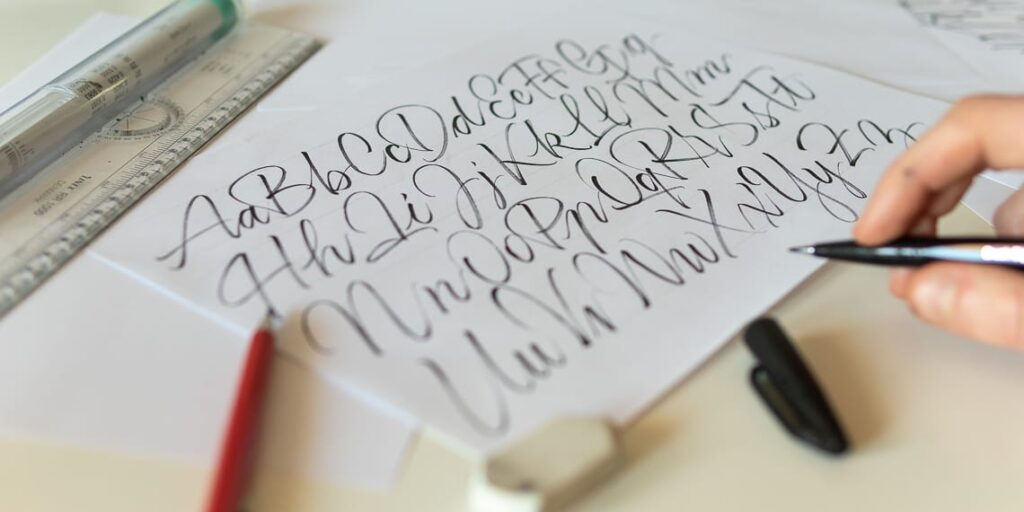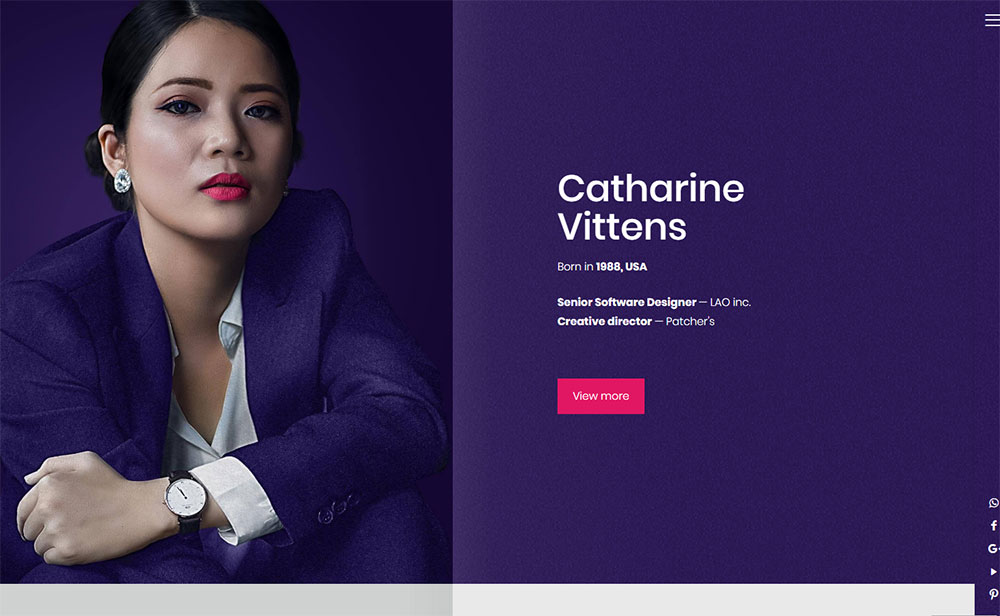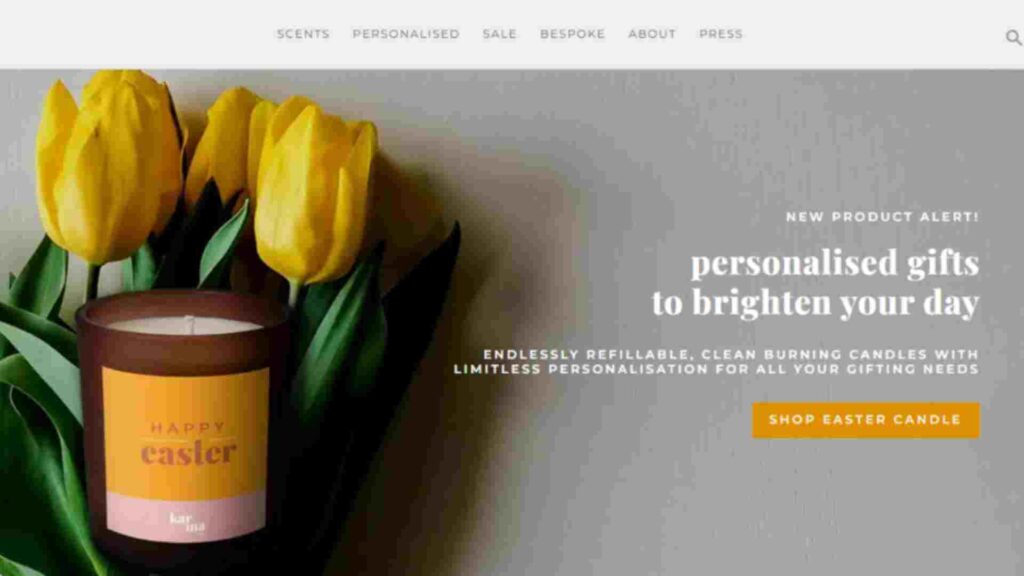Choosing the right font for your website is crucial—it affects readability, user experience, and even your brand’s identity. With so many options out there, finding the best fonts for your site can seem like a daunting task. Don’t worry, though! This guide will walk you through twenty of the best fonts available today and provide tips on how to select the right one for your needs.
Introduction
Fonts are more than just decorative elements; they play a significant role in how your content is perceived and how users interact with your website. The best fonts for your website will not only be visually appealing but also enhance the overall user experience by making your text easy to read and engaging. In this blog, we’ll explore twenty fantastic fonts and offer practical advice on choosing the ideal ones for your site.
Top 20 Best Fonts for Your Website
1. Helvetica
Helvetica is one of the most iconic sans-serif fonts, celebrated for its clean, modern look. It’s incredibly versatile and works well for both body text and headings.
- Best for: Professional and corporate websites
- Why it’s great: Offers clarity and neutrality, ensuring your content stands out.
2. Arial
Arial is a popular sans-serif typeface celebrated for its clean lines and ease of readability. Often seen as a default font, it’s perfect for a wide range of applications.
- Best for: General-purpose websites and business sites
- Why it’s great: Familiar to users and ensures easy readability.
3. Georgia
Georgia is a serif font designed specifically for clarity on screens. Its traditional style makes it suitable for a variety of online contexts.
- Best for: Blogs and content-heavy websites
- Why it’s great: Balances classic elegance with modern readability.
4. Times New Roman
Times New Roman is a classic serif font that exudes formality and tradition. It’s frequently used in academic and professional settings.
- Best for: Academic sites and formal documents
- Why it’s great: Provides a sense of reliability and tradition.
5. Open Sans
Open Sans is a humanist sans-serif font known for its friendly and neutral appearance. It’s designed for excellent readability on screens.
- Best for: User interfaces and general website content
- Why it’s great: Versatile and easy on the eyes, perfect for varied content.
6. Lato
Lato is a sans-serif font with an elegant and approachable design. Its balanced structure makes it ideal for both headings and body text.
- Best for: Modern websites and startups
- Why it’s great: Provides a sleek, modern look while maintaining readability.
7. Roboto
Roboto is a geometric sans-serif font developed by Google. It’s well-suited for digital screens and offers a clean, modern aesthetic.
- Best for: Tech-related sites and mobile apps
- Why it’s great: Combines geometric shapes with open curves for clear legibility.
8. Montserrat
Montserrat is a sans-serif typeface influenced by modern urban design. Its bold, distinctive style makes it stand out in headers and titles.
- Best for: Creative projects and branding
- Why it’s great: Adds a touch of personality to your design with its unique style.
9. Raleway
Raleway is an elegant sans-serif font that’s perfect for creating stylish headers and titles. It’s designed to make a visual impact.
- Best for: Luxury brands and high-end design
- Why it’s great: Offers a sophisticated look that commands attention.
10. Playfair Display
Playfair Display is a serif font that combines classic charm with a modern twist. It’s designed for high contrast and readability.
- Best for: Magazines and fashion sites
- Why it’s great: Provides a refined, elegant appearance.
11. Merriweather
Merriweather is a serif font optimized for digital reading. Its slightly condensed design makes it excellent for longer texts.
- Best for: Blogs and online publications
- Why it’s great: Combines a classic feel with modern screen readability.
12. Poppins
Poppins is a geometric sans-serif font with a clean, modern appearance. Its rounded letters offer a friendly and approachable look.
- Best for: Tech websites and creative projects
- Why it’s great: Its geometric shapes give it a fresh, contemporary style.
13. Bebas Neue
Bebas Neue is an all-caps sans-serif font known for its bold, impactful presence. It’s perfect for making a strong statement.
- Best for: Posters and promotional materials
- Why it’s great: Offers a powerful visual impact with its bold design.
14. Oswald
Oswald is a reworked version of the classic gothic style, designed for modern digital screens. It’s known for its condensed, impactful design.
- Best for: Headlines and advertisements
- Why it’s great: Its modern take on a classic style ensures it stands out.
15. Nunito
Nunito is a sans-serif font with rounded terminals, designed to be both friendly and highly readable.
- Best for: User interfaces and educational sites
- Why it’s great: Its rounded edges create a warm and approachable look.
16. Source Sans Pro
Source Sans Pro is Adobe’s first open-source typeface, designed for user interfaces with a clean and modern style.
- Best for: Business websites and applications
- Why it’s great: Offers versatility and legibility across various platforms.
17. Ubuntu
Ubuntu is a sans-serif font created for the Ubuntu operating system. It has a distinctive, modern appearance with a friendly feel.
- Best for: Tech sites and personal blogs
- Why it’s great: Its unique design adds character to your site.
18. Fira Sans
Fira Sans is a versatile sans-serif typeface designed for legibility and usability on screens. It features a clean, modern look.
- Best for: Websites and applications, especially those focused on user experience
- Why it’s great: Optimized for readability across various devices.
19. Garamond
Garamond is a classic serif font known for its elegance and readability. It’s widely used in print and digital media.
- Best for: Formal documents and book publishing
- Why it’s great: Its refined style adds a touch of sophistication.
20. Alegreya
Alegreya is a serif font designed for literature and long texts, offering a balanced, classic feel with modern readability.
- Best for: Literary websites and online magazines
- Why it’s great: Balances traditional serif charm with contemporary legibility.
Tips for Choosing the Best Fonts
Selecting the best fonts for your website involves more than just aesthetics. Consider these tips to make an informed decision:
1. Prioritize Readability
The best fonts should be easy to read. Ensure that your chosen fonts are legible at various sizes and on different devices.
2. Reflect Your Brand Identity
Your font should align with your brand’s personality. Select fonts that effectively communicate the appropriate tone and style for your brand.
3. Pair Fonts Effectively
Combining fonts can enhance your design. Combine serif and sans-serif fonts to enhance visual appeal and establish a clear hierarchy.
4. Ensure Web Compatibility
Make sure the best fonts you choose are web-friendly and compatible with different browsers and devices. Web-safe fonts or Google Fonts are reliable options.
5. Test Your Fonts
Before finalizing your choice, test your fonts in different contexts. Check how they look in various sizes and against different backgrounds.
FAQs
Q: How do I select the best font for my website?
A: To select the best fonts for your website, consider readability, brand identity, and web compatibility. Test fonts in various contexts to ensure they work well with your design.
Q: Is it okay to use multiple fonts on my website?
A: Yes, using multiple fonts can enhance your design. Pair a readable body font with a distinctive heading font to create contrast and visual interest. Just ensure they complement each other well.
Q: Are Google Fonts a good option?
A: Yes, Google Fonts are a great choice. They are free, web-safe, and offer a wide variety of styles suitable for different design needs.
Q: What makes a font web-friendly?
A: Web-friendly fonts are designed for readability on screens and are compatible across various browsers and devices. They should also load quickly to enhance user experience.
Q: What’s the ideal number of fonts to use on a website?
A: It’s best to use no more than two to three fonts on your website. This helps maintain a cohesive design and avoids visual clutter.
Conclusion
Choosing the best fonts for your website is a crucial part of web design that can significantly impact user experience and brand perception. By exploring the top 20 fonts listed in this guide and following the tips provided, you can select fonts that not only enhance readability but also reflect your brand’s identity and create a visually appealing site. Remember, the right font choice can make a lasting impression on your visitors and contribute to a more engaging and effective web presence.







